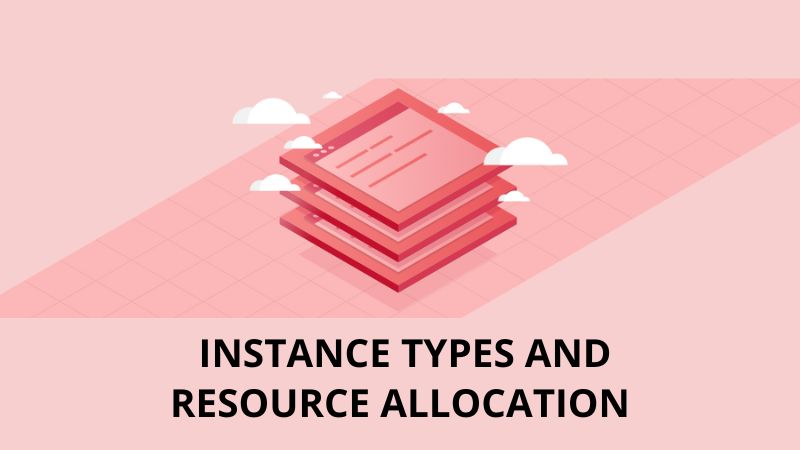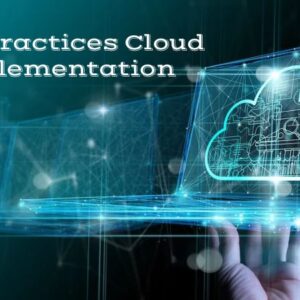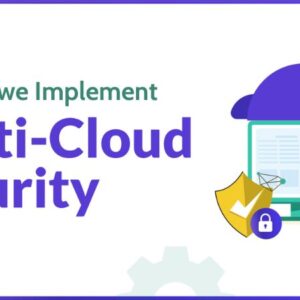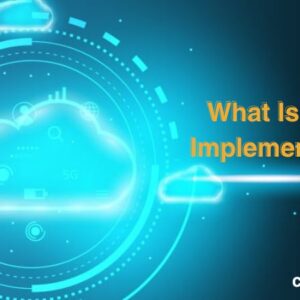In today’s digital landscape, businesses are increasingly turning to cloud computing to streamline operations, enhance scalability, and drive innovation. However, while the benefits of cloud adoption are undeniable, organizations must carefully consider the associated costs to ensure a successful implementation. Cloud implementation costs encompass various factors, ranging from service models to data storage and beyond. In this article, Crazyhot.net will delve into the intricacies of cloud implementation costs, offering insights and strategies to help businesses navigate this critical aspect of their digital transformation journey.
Understanding Cloud Implementation Costs
Cloud implementation costs refer to the expenses incurred by organizations when deploying and utilizing cloud computing services. These costs can vary significantly depending on factors such as the chosen service model, usage patterns, instance types, and provider pricing structures. By gaining a comprehensive understanding of these cost drivers, businesses can make informed decisions and optimize their cloud investments for maximum value.
Service Model Considerations

The first step in assessing cloud implementation costs is to determine the most suitable service model for your organization’s needs. Whether it’s Infrastructure as a Service (IaaS), Platform as a Service (PaaS), or Software as a Service (SaaS), each model offers distinct advantages and cost implications. For example, while SaaS solutions often involve subscription-based pricing with predictable monthly expenses, IaaS and PaaS offerings may require careful monitoring of resource utilization to control costs effectively.
Usage-Based Pricing
One of the defining characteristics of cloud computing is its pay-as-you-go pricing model, where organizations are charged based on actual usage. This usage-based pricing model applies to various resources, including compute instances, storage, data transfer, and networking. To manage cloud implementation costs effectively, businesses must closely monitor their usage patterns and optimize resource allocation to avoid unnecessary expenses. Implementing automation and scaling strategies can help align resource consumption with actual demand, minimizing costs without sacrificing performance.
Instance Types and Resource Allocation
When provisioning virtual machines or containers in the cloud, organizations must choose the appropriate instance types and resource configurations to meet their workload requirements efficiently. Cloud providers typically offer a range of instance types with varying CPU, memory, and storage specifications, each priced differently. By selecting the optimal instance type for their workloads and adjusting resource allocation as needed, businesses can optimize performance while controlling cloud implementation costs.

Data Storage and Transfer Fees
Storing data in the cloud incurs costs based on the amount of data stored and any associated data transfer fees. Cloud providers offer various storage options, including object storage, block storage, and file storage, each with its own pricing structure. Additionally, transferring data into and out of the cloud may result in additional charges, particularly for large volumes of data. To manage data-related costs, organizations should implement data lifecycle management strategies, such as tiering and archiving, to optimize storage usage and minimize unnecessary data transfer.
Networking Costs and Inter-Region Communication
Cloud networking services play a critical role in facilitating communication between cloud resources and users, but they can also contribute to cloud implementation costs. Cloud providers typically charge for network usage, including inbound and outbound data transfer, as well as inter-region or inter-zone communication. By optimizing network configurations, leveraging content delivery networks (CDNs), and minimizing unnecessary data transfer, organizations can reduce networking costs while ensuring optimal performance and reliability.

Support and Licensing Considerations
In addition to core cloud services, organizations may incur costs for support and licensing. Many cloud providers offer various levels of support, ranging from basic documentation and community forums to premium support plans with 24/7 assistance. While opting for higher levels of support can provide peace of mind and faster resolution of issues, it comes at an additional cost. Similarly, migrating existing software to the cloud may require licensing agreements with the respective vendors, adding to cloud implementation costs. By carefully evaluating support and licensing options, organizations can strike a balance between cost and service levels that align with their business requirements.
Training and Migration Expenses
Migrating existing systems and data to the cloud requires careful planning, execution, and often investment in training for personnel. While cloud migration tools and services can streamline the process, organizations must budget for associated expenses, including training for IT staff, rearchitecting applications, and managing data migration. Investing in comprehensive training programs can empower employees to leverage cloud technologies effectively, maximize productivity, and minimize the risk of costly mistakes during the migration process.
Security and Compliance Costs
Ensuring robust security and compliance is paramount in the cloud environment, but it also entails additional costs. Cloud providers offer a variety of security features and compliance certifications to help organizations protect their data and meet regulatory requirements. However, implementing and managing these security measures may require dedicated resources and investments in security tools and services. By prioritizing security and compliance from the outset and leveraging cloud-native security solutions, organizations can mitigate risks while controlling cloud implementation costs.
Conclusion
In conclusion, cloud implementation costs encompass a wide range of factors that organizations must consider when embarking on their cloud journey. By understanding the various cost drivers, implementing cost optimization strategies, and leveraging cloud provider tools and services effectively, businesses can minimize expenses while realizing the full potential of cloud computing. With careful planning, strategic decision-making, and ongoing monitoring and optimization, organizations can navigate cloud implementation costs successfully and unlock the agility, scalability, and innovation that cloud technology offers.
In essence, managing cloud implementation costs is not just about minimizing expenses; it’s about maximizing value and harnessing the transformative power of the cloud to drive business growth and innovation.





